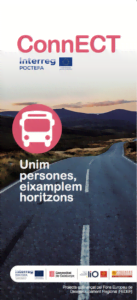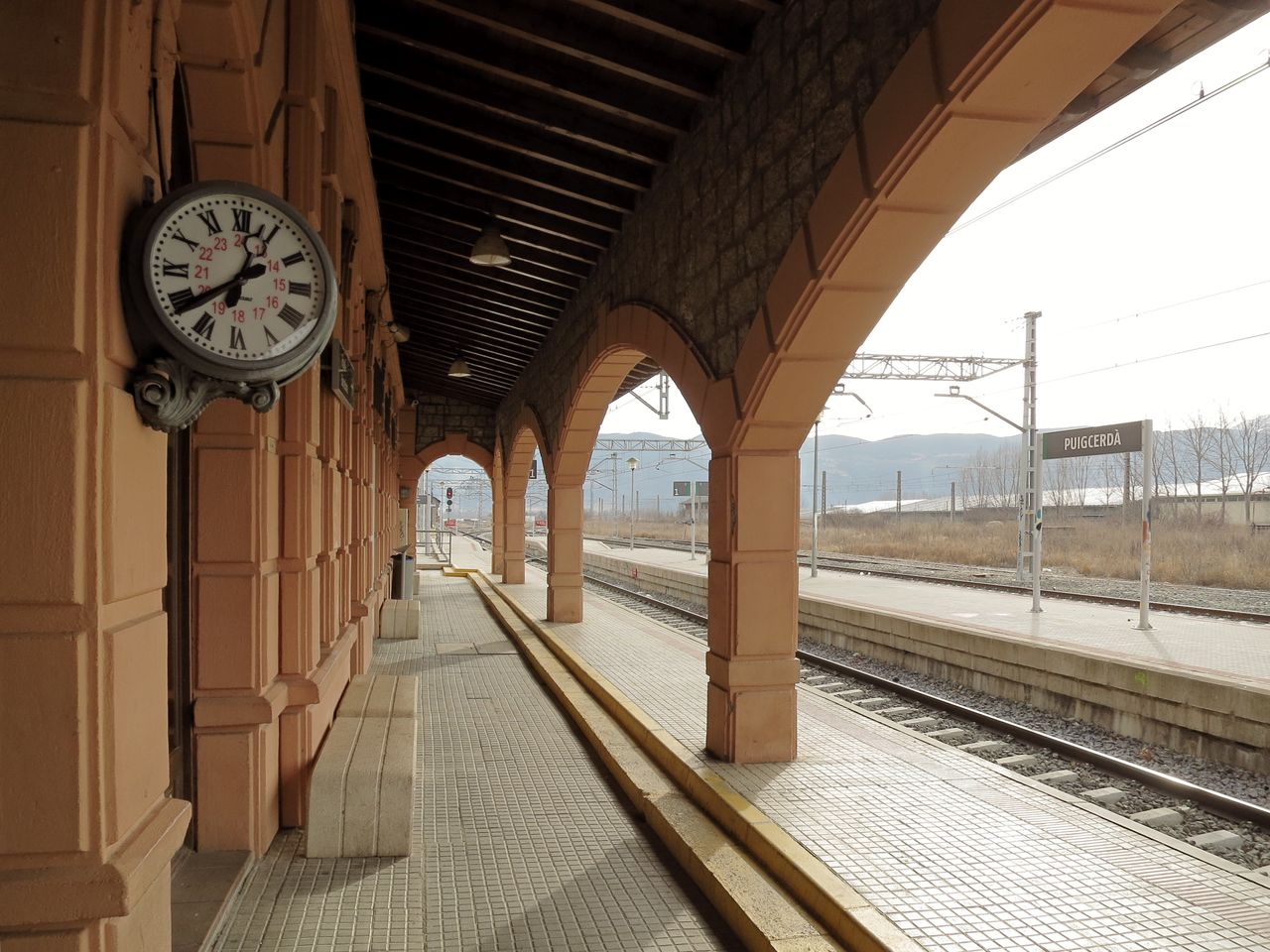Busting Borders: Catalonia and Occitania promote cross-border cooperation
At its core, the European Union is an operation that unites its Member States. However, this integration is more than metaphorical roads and bridges; public transport networks are a crucial link between countries, connecting their economies and citizens. Examining one new cross-border bus project, ConnECT, Cristina Pou Fonollà reveals how mobility services are bringing Catalonia and Occitania together.

ConnECTing Europe via bus, © ConnECT
Proud of its own identity and language, Catalonia is one of Spain's most vibrant political and economic regions – and one of the country’s most well-known autonomous communities. However, when it comes to mobility, connectivity is at the heart of Catalonia’s approach. Catalonia and neighbouring French region Occitania are developing exciting changes to their public transport services. EU-funded project ConnECT is expanding and improving mobility corridors between the regions, implementing bus lines designed to enhance mobility and multimodality across the area by connecting key existing transport hubs and adding much needed additional direct lines. The scheme hopes to promote mobility across the Catalan Cross-Border Area (also known as Espai Català Transfronterer/Espace Catalan Transfrontalier – ECT in both languages) and encourage interconnection and coordination while enhancing movement between municipalities, regions and residents on both sides of the border.
The scheme is part of the European Union’s Interreg POCTEFA 2014-2020, a territorial cooperation programme created to foster sustainable development and economic and social integration between Spain, France and Andorra through development of cross-border economic, social and environmental activities in joint strategies for sustainable territorial development. The bus network has been established in partnership between the Government of Catalonia, the Region of Occitania and the Departmental Council of the Eastern Pyrenees and aims to upgrade the interurban bus service in the Catalan Cross-border Area, enabling citizens and tourists to travel around the transregional space with ease.
ConnECT project: Improving cross-border connectivity
The ConnECT project will implement new bus routes to promote mobility, interconnection and improvement of timetables and frequencies between municipalities and regions on both sides of the Catalan-French border. It will also promote the territorial contact of the Hospital de Cerdaña/Hôpital de Cerdagne, also known as the Cerdanya Cross-Border Hospital, in Puigcerdá, with the health networks on both sides of the border. The project addresses four mobility corridors that are expected to enter service between the end of 2020 and early 2021.
The network has been established to achieve multiple goals:
- To eliminate the border effect by creating cross-border interurban bus lines;
- To favour the connection with the Cerdanya Cross-Border Hospital in Puigcerdà;
- To encourage intermodality and time coordination between interurban bus networks in rural areas.

 ConnECT project: Improving cross-border connectivity
ConnECT project: Improving cross-border connectivity
